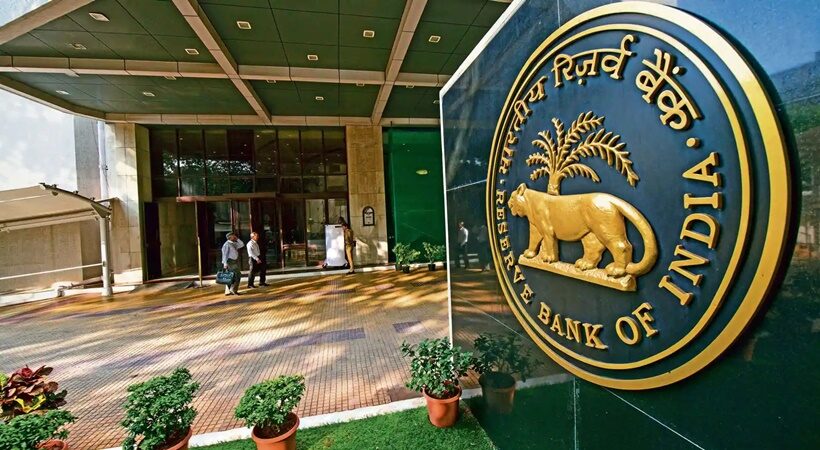India has room to attract debt flows of approximately $ 90 billion (about Rs 693,000 crore) given the country’s foreign debt threshold level, said Reserve Bank of India analysis.
“The empirical findings reveal that, in comparison to India’s current external debt to GDP ratio of 20%, the estimated threshold level is higher in the range of 23% to 24% of GDP, indicating room for attracting additional debt flows of the order of $ 90 billion,” said the RBI study on “Growth maximizing external debt of India.” Given the danger of exacerbating external vulnerabilities due to increased external debt exposure, the anticipated space should be used with caution, balancing the growth and macro-stability goals.
India’s debt market is gradually opening up to international investors in a controlled and measured manner.
India’s external debt was estimated to reach $ 614.9 billion at the end of December 2022. Commercial borrowings (CBs) are $ 226.4 billion, NRI deposits total $ 141.9 billion, and short-term trade loans total $ 110.5 billion, accounting for over 80% of total foreign debt. At the end of December 2021, the external debt to GDP ratio was 20.0 per cent.
According to RBI, the total external debt, which had fallen below pre-crisis levels in the immediate aftermath of the pandemic lockdown, crossed pre-pandemic levels as of end-December 2020, with NRI deposits crossing pre-pandemic levels as of the end-June 2020, commercial borrowings crossing pre-pandemic levels as of end-September 2021, and short-term trade credit crossing pre-pandemic levels as of end-December 2021.
India’s external debt, on the other hand, was remarkably unaffected by the global financial crisis (GFC), mainly to the robustness of commercial borrowings, which are the most growth-sensitive and biggest component of India’s external debt. The study concluded that “the durability of commercial borrowings in the aftermath of the GFC derived primarily from the GFC’s comparatively subdued impact on growth in sharp contrast to that during GLD.”
Currently, a rule-based dynamic restriction of 6.5 per cent of GDP applies to the outstanding stock of ECBs. According to the RBI study, the need for attracting larger external debt flows within the estimated threshold may be assessed along with other external vulnerability parameters as India aims for higher, sustainable, and inclusive growth. So that the growth objective is pursued while maintaining overall macro-stability.
External debt can help countries expand faster by complementing domestic savings. However, a big amount of external debt can create weaknesses and stifle growth. According to the IMF, many nations have increased public expenditure to help recovery since the outbreak of the pandemic, resulting in an increase in foreign debt.
Read more on NRI Vision: In FY22, NRI deposits fell by $ 2.87 billion.
According to the latest RBI statistics, outstanding non-resident Indian (NRI) deposits in India dropped by $ 2.875 billion to $ 139.020 billion in the financial year ending March 2022, down from $ 141.895 billion the previous year.



















